
by Alova
© 2015 This article may be printed out for personal, non-commercial use only.
Abstract: The Natural Graduation House System is a variation of the Porphyry House system, valid for all latitudes. It uses the Midheaven and Ascendant as cusps of the 10th and 1st houses, and the intermediate houses become gradually larger or smaller. There are several variations, including the original method devised by Colin Wilson, a minor variation given by K.M. Kharegat, an algebraic graduation, and the Neo-Porphyry variation.
Instead of dividing each quadrant formed by the Ascendant and Midheaven axes into three equal sections (the Porphyry House system), the Natural Gradation divisions are gradual and continuous. The largest house is the middle (succedent) house of the large quadrant, and the smallest house is the middle house of the small quadrant. There are several methods of "graduating" the four quadrants: the original geometric method (1), algebraically (2), or sinusoidally (3). Michael Rideout has mathematically analyzed the five variations of the Natural Graduation house systems (2).
Colin Wilson's original graduation method bisects each quadrant, and creates six half-houses in each quadrant such that the sizes get gradually larger from the smallest house (from the midline of the small quadrant), and then gradually smaller (from the midline of the large quadrant). (Technically, the ratio of the second-smallest half-house to the smallest half-house is equal to the ratio of the third-smallest half-house to the second-smallest half-house, and also equal to the ratio of the next-smallest half-house, and also equal to the ration of the second-largest half-house to the largest half-house.) The following drawings show this pictorially.

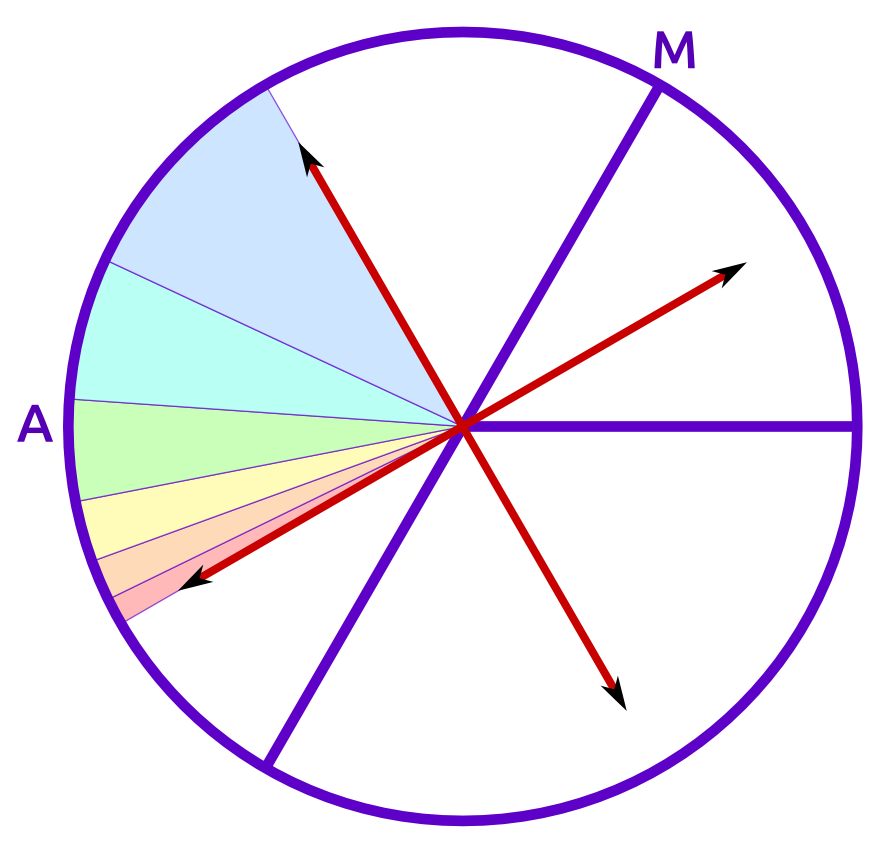
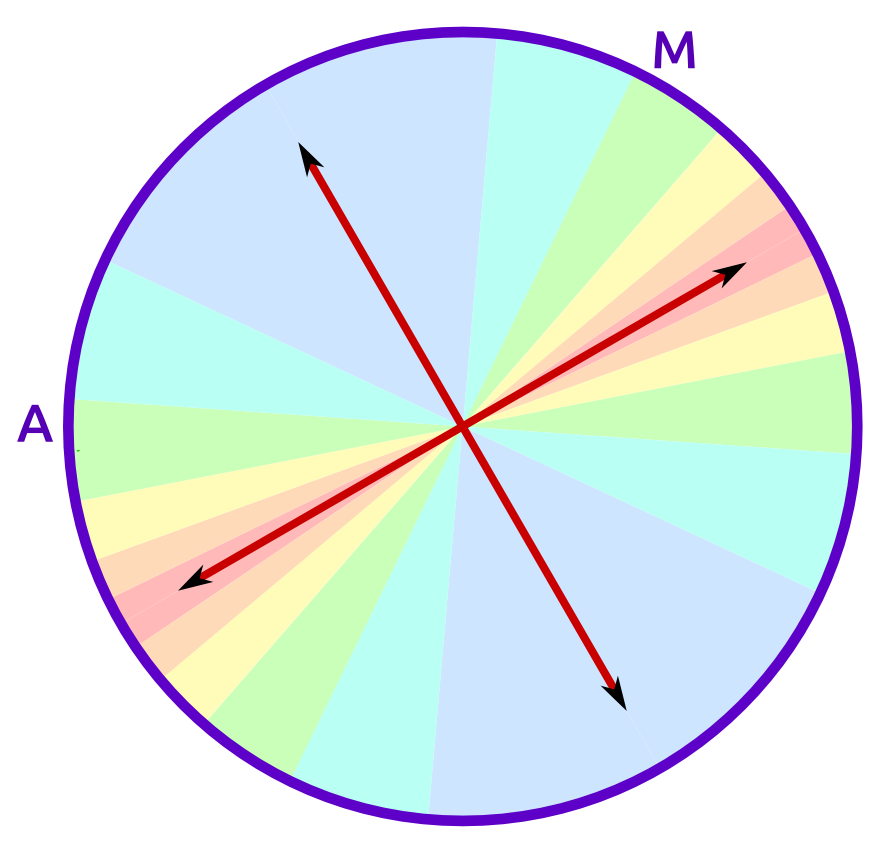

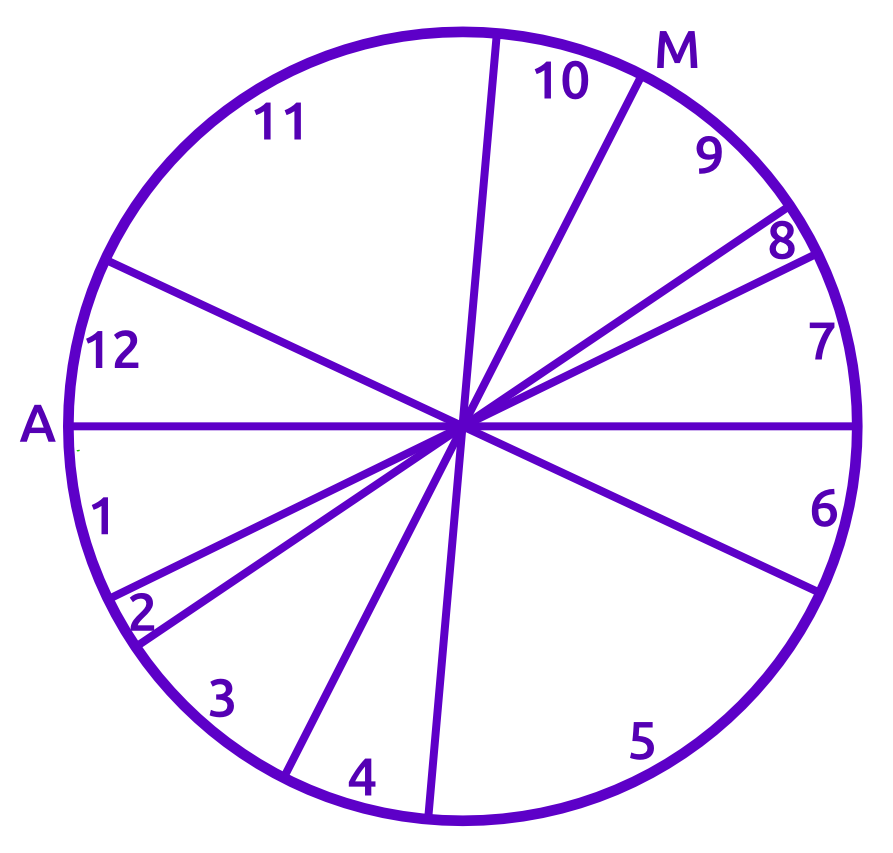
The free StarLogin program includes this original version of Natural Graduation house cusps (4).
Here is a minor variation of the Natural Graduation House system by K.M. Kharegat, which is easy to calculate for most charts. The reference is difficult to obtain so the required information given here. (5)
1. Calculate the usual Ascendant/Descendant and Midheaven/Nadir. (Notation: A = Ascendant, M = Midheaven, N = Nadir)
2. Calculate the size of each Quadrant Q: A-M and N-A.
3. Look up the value of X(Q) for each Quadrant in this table, interpolating as needed. (The values of Y are not needed to calculate the house cusps.)

Table 1 Values of X and Y for Quadrant Sizes 40°-140°
4. Find the midpoints of the A-M quadrant, MidAM, and the N-A quadrant, MidNA.
MidAM = (A + M)/2 and MidNA = (N + A)/2.5. The House cusps are:
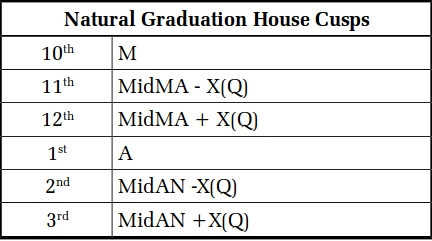
Table 2 Natural Graduation House Cusps
The following is included so mathematicians can figure out how the above table was calculated and compare with the other variations:
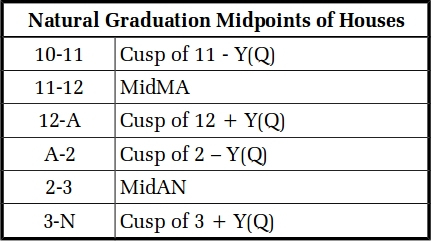
Table 3 Natural Graduation House Midpoints
The Neo-Porphyry house system is a variation of the natural Graduation House system by Walter Pullen in which the unequal divisions vary sinusoidally. The rationale and calculations are explained fully (3).
As mentioned in an article In Search of the Best House System, I was disappointed in the astrological accuracy of interpretations using the Natural Graduation house system for charts at moderate latitudes. However, I encourage all astrologers to try it and others and gather their own experience.
References1. Ralph Holden, Elements of House Division, 1977, L.N. Fowler Ltd.
2. Michael Rideout's analysis is described in detail in this forum. He quotes from The New Waite's Compendium of Natal Astrology which describes the original method by Colin Evans.
3. Walter Pullen proposed a sinusoidal version of Natural Graduation in 1991, which he called the Neo-Porphyry system.
4. StarLogin is available here.
5. Balasundaram & A.R. Raichur, Universal Tables of Houses, 2nd ed., 1997, Krishnamurti Publications, p. 233-235.